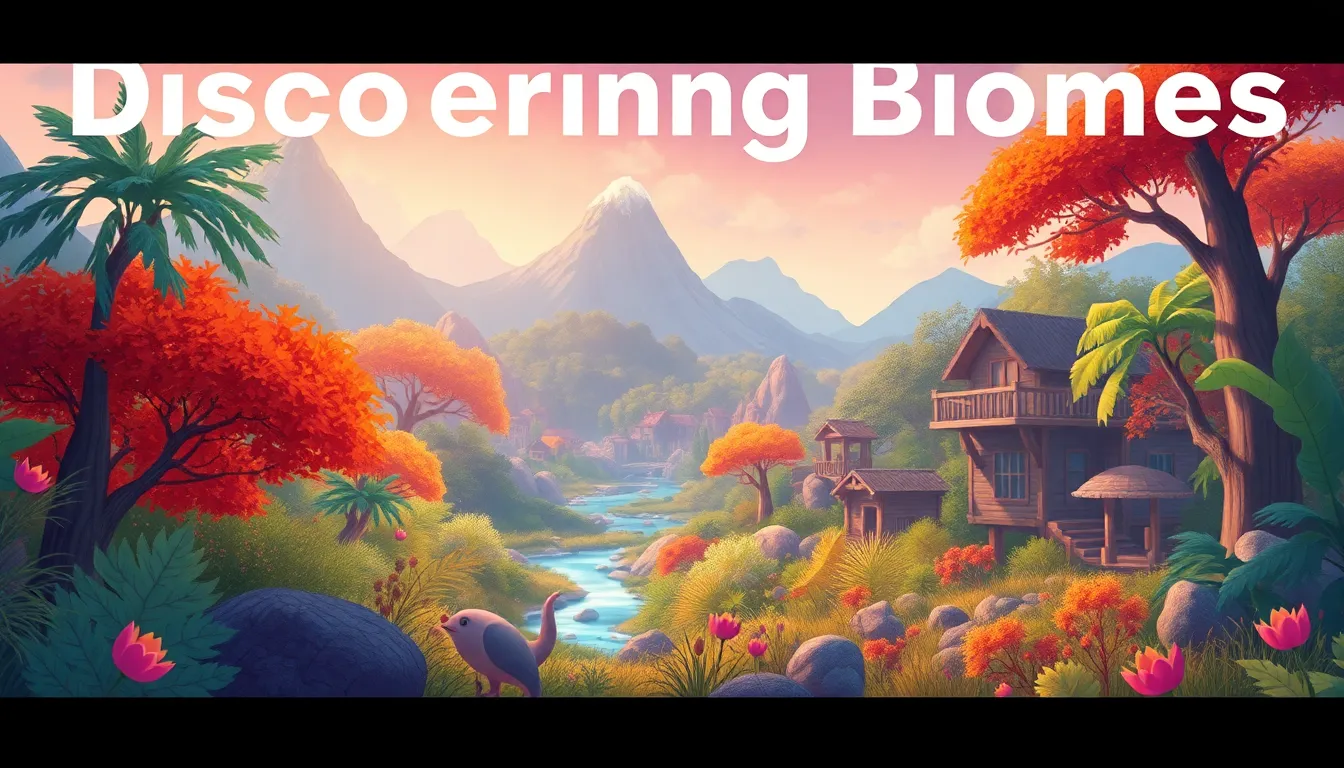
🌍 Discovering Biomes: Nature’s Big Neighborhoods
Introduction
Ever wondered why a cactus thrives in a scorching desert while a pine tree flourishes in a snowy forest? The answer lies in Biomes—large areas of Earth where the climate, plants, and animals all work together like a team. In this guide you’ll learn new words, explore cool examples, see cause‑and‑effect in action, and even try a simple experiment at home!
1. What Is a Biome?
A Biome (pronounced bye‑‑OH‑me) is a huge natural community defined mainly by its Climate (the long‑term weather patterns) and the kinds of Vegetation (plants) that grow there.
- Ecosystem – the network of living things (plants, animals, microbes) plus their non‑living environment (soil, water, air).
- Adaptation – a special trait that helps a plant or animal survive in its biome.
Did You Know? The word “biome” comes from the Greek “bios” (life) and “homoios” (similar). All the living things in a biome are similar because they share the same environment!
2. Meet Some Famous Biomes
| Biome | Climate | Typical Plants | Example Animals | Why It Exists (Cause → Effect) |
|---|---|---|---|---|
| Tropical Rainforest | Warm, rain all year | Tall trees, vines, ferns | Jaguars, toucans, tree frogs | Cause: Constant heat + lots of rain → Effect: Plants grow tall to reach sunlight, animals develop bright colors to communicate. |
| Desert | Hot days, cold nights, very little rain | Cacti, sagebrush | Meerkats, side‑winder snakes | Cause: Very dry → Effect: Plants store water; animals are nocturnal to avoid the scorching sun. |
| Tundra | Freezing, short summers | Mosses, lichens, dwarf shrubs | Arctic fox, caribou | Cause: Permafrost (permanently frozen ground) → Effect: Only low‑lying plants can survive; animals grow thick fur. |
| Grassland | Warm summers, cold winters, moderate rain | Grasses, wildflowers | Bison, prairie dogs | Cause: Enough rain for grasses but not trees → Effect: Large herds of grazing animals roam, shaping the land. |
Did You Know? The Amazon Rainforest alone holds about 10% of all the species on Earth!
3. How Animals Adapt to Their Biome
- Camouflage – a desert lizard’s sandy skin helps it disappear on the dunes.
- Hibernation – a bear in the tundra sleeps through the freezing months to save energy.
- Water Storage – a camel’s humps store fat that can be turned into water when food is scarce.
These adaptations are Responses to the challenges of each biome (cause) and help the animal survive (effect).
4. Why Biomes Matter
Biomes give us fresh air, clean water, food, and medicines. When humans cut down forests or pollute rivers, we Disrupt the delicate balance, causing species to disappear and climate to change. Protecting biomes means protecting the whole planet!
Did You Know? One single tree in a rainforest can host Up To 300 Different Species of insects!